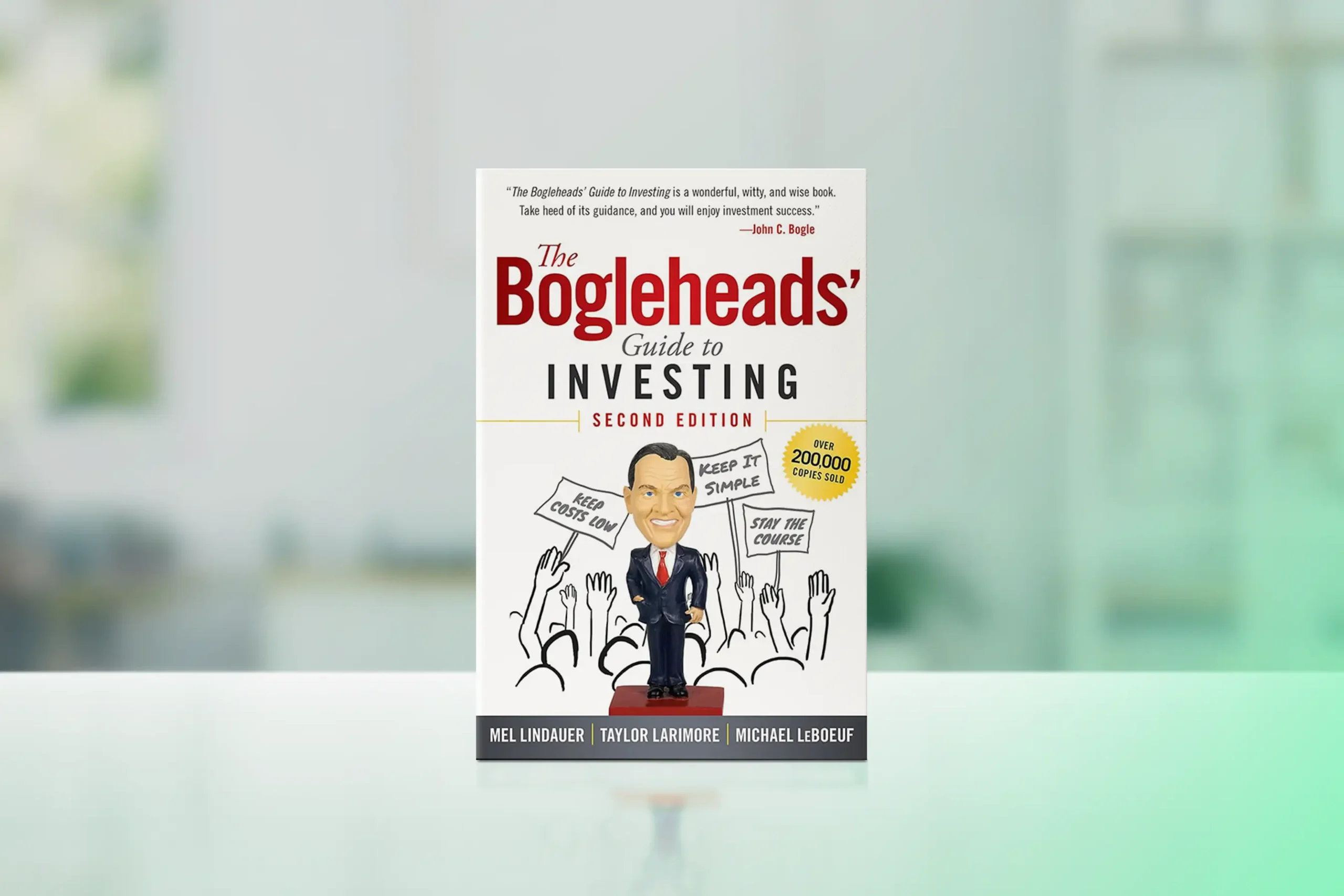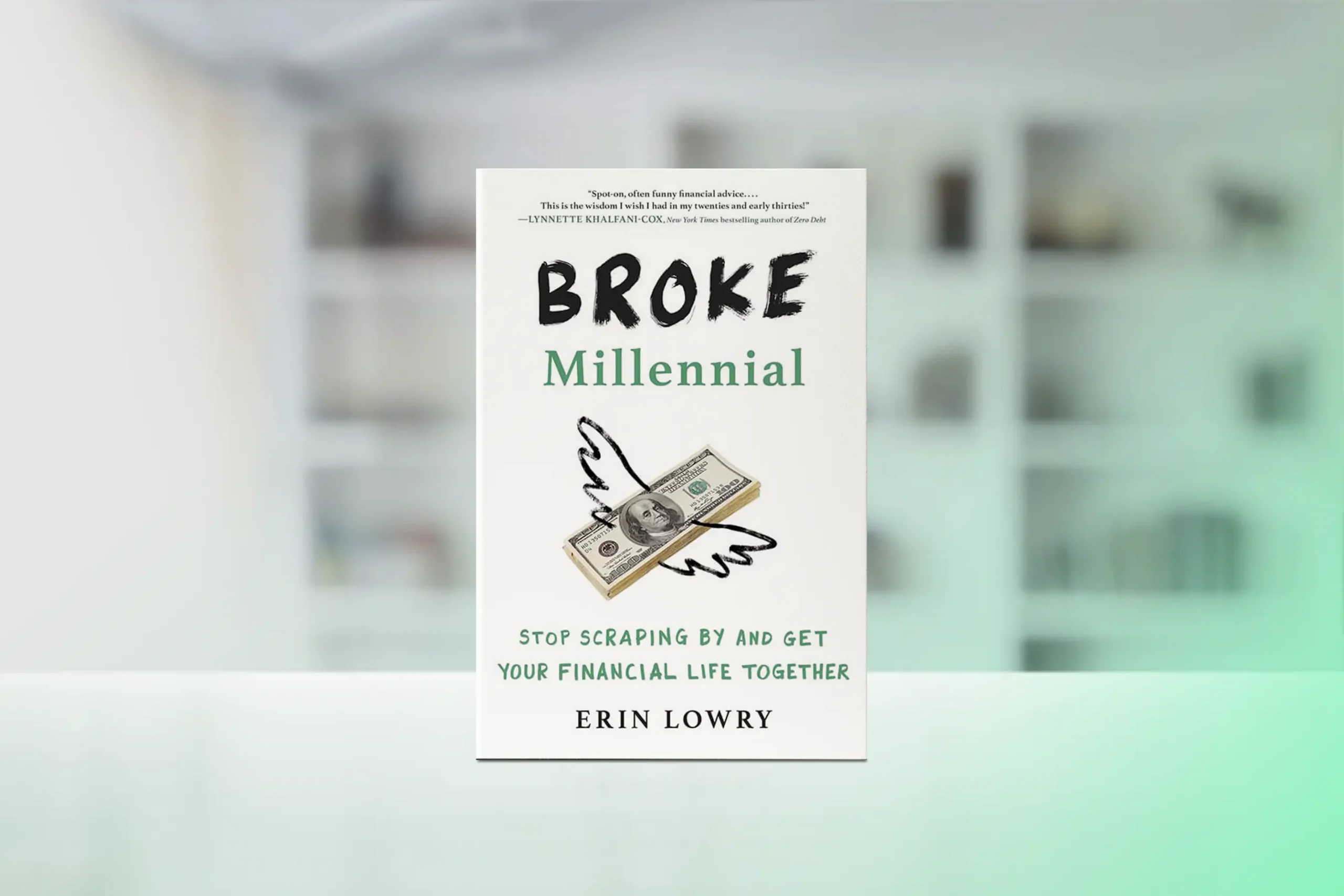The path to financial freedom begins with understanding where you are today and taking practical steps forward. No matter how heavy your debt feels, you can transform your situation and move from debt to financial independence. This guide breaks the process into 12 clear steps, helping you take control, reduce stress, and build a stable financial future.
Inside this article:
Why Are So Many People Drowning in Debt?
Household debt has reached record highs worldwide. In the U.S., total debt reached $18.39 trillion in Q2 2025, with credit card debt averaging $6,473 per person. Some OECD countries have debt-to-income ratios above 130%, and 63–70% of adults in developing nations constantly worry about money, especially for medical and education costs. Behind these numbers are sleepless nights, strained relationships, and postponed dreams.
Debt isn’t about poor character—it’s often caused by systemic issues, unexpected life events, and limited financial education. Common reasons people struggle globally:
- Wages lagging behind rising costs
- Limited financial knowledge
- High-interest credit and easy debt access
- Medical emergencies or job loss without savings
- Social pressure to live beyond means
Financial independence isn’t just being debt-free—it’s having enough savings and investments to make money work for you, giving you the freedom to live on your terms. Are you ready to take the first step toward real financial freedom?

Step 1: Face Your Debt Honestly
You can’t fix what you won’t acknowledge.
Most people underestimate their total debt by 20-30% because they only think about obvious bills while ignoring store cards, medical debt, or family loans.
Why it’s important: 42.9% of Eurozone households are in debt according to the European Central Bank’s Household Finance Survey, while 53% of US debt collection complaints involve disputes about what’s actually owed per the Consumer Financial Protection Bureau. Most people cannot manage what they don’t accurately measure.
Collect all your statements—credit cards, student loans, car payments, personal loans, and medical bills. For each debt, record the creditor, total balance, minimum payment, interest rate, and due date.
For deeper guidance: Dave Ramsey’s “The Total Money Makeover” provides a complete debt elimination framework, while our “Debt Management: Step-by-step guide to Breaking Free from Debt” offers strategies for negotiating with creditors.
Try this: List all debts from smallest to largest amount—you’ll need this for later steps.

Step 2: Shift Your Money Mindset
Your thoughts about money shape your financial reality more than your income.
Stories you tell yourself—”I’m terrible with money,” “I’ll never get ahead”—become self-fulfilling prophecies that sabotage your efforts. These limiting beliefs prevent you from seeing opportunities and taking transformative actions.
Why it’s important: Stanford research study shows growth mindset interventions increase performance by over 5%, while the OECD’s 2023 Financial Literacy Survey covering 39 countries confirms that psychological factors drive financial success more than mathematical knowledge across all cultures.
Pay attention to your money thoughts during the day. When you notice scarcity thinking like ‘I can’t afford that,’ shift to a growth question such as ‘How could I create the ability to afford that?’ This simple reframe opens your mind to new possibilities.
Essential reading: Carol Dweck’s “Mindset” develops growth-oriented thinking, while Morgan Housel’s “The Psychology of Money” reveals how emotions shape financial decisions.
Try this: Write three limiting money beliefs, then rewrite each as a growth question.

Step 3: Build a Starter Emergency Fund
A small buffer prevents small problems from becoming debt disasters.
Without an emergency fund, every unexpected expense sends you deeper into debt, undoing months of progress. This creates a vicious cycle where you’re constantly playing financial defense.
Why it’s important: Only 45% of adults in developing economies can access reliable emergency funds within 30 days according to the World Bank’s Global Findex Database 2025, while 37% of Americans can’t cover a $400 emergency per the Federal Reserve’s 2024 Survey. This global vulnerability forces destructive financial decisions during crises across all income levels.
Save one month of essential expenses in a separate, easy-access account. It’s not a long-term fund, but a safety net while you pay down debt.
Learn more: Our “How to Build an Emergency Fund When Money Is Tight” guide walks you through steps and account options, while the book “Your Money or Your Life” explains why financial buffers create security.
Try this: Start with $25-100 weekly and build consistently toward your starter fund goal.

Step 4: Create a Realistic Budget That Works
Budgeting gives every dollar a purpose aligned with your goals.
Most people think budgeting means deprivation, but a well-designed budget creates freedom by acting like GPS for your money. It ensures you reach your destination without expensive detours.
Why it’s important: A 2025 survey by Debt.com found that about 43.3% of households reported that the whole household works to stay on budget. USAGov emphasize that budgeting reduces financial stress by giving you clarity and control over your money.
Experiment with budgeting methods like zero-based budgeting (every amount has a job), the 50/30/20 rule (needs/wants/savings), or the envelope system. Prioritize essentials first, then debt payments, and finally discretionary spending.
Recommended resources: Ramit Sethi’s “I Will Teach You to Be Rich” offers practical budgeting, while our “Budgeting Made Easy: How to Create and Stick to a Budget” guide provides step-by-step instructions for different methods.
Try this: Start with three categories: essentials, debt payments, and discretionary spending.

Step 5: Increase Income Streams
The fastest debt payoff acceleration comes from earning more money.
Cutting expenses helps, but only so much—there’s a limit without affecting your quality of life. Earning a bit more each month can shave years off your debt repayment.
Why it’s important: 65% of self-made millionaires maintain three or more income streams according to research tracking 230+ wealthy individuals, while the ILO reports 70% of gig workers in developing economies use platform work for income diversification. Diversification accelerates financial progress across all economic levels.
Consider freelancing existing skills, gig work, selling unused items, or small service businesses. The gig economy offers opportunities to monetize talents and time. Don’t forget your primary job—when did you last ask for a raise?
Explore further: Our “100 Side Hustle Ideas to Boost Your Income in 2025” guide provides monetization strategies, while Chris Guillebeau’s “The $100 Startup” shows how to build flexible businesses with minimal investment.
Try this: List three skills someone might pay for, then research monetizing one this week.

Step 6: Choose a Debt Payoff Strategy
The best method is the one you’ll stick with until completely debt-free.
Two strategies dominate: debt snowball (smallest balance first) and debt avalanche (highest interest first). Both work effectively but appeal to different motivations.
Why it’s important: The debt snowball method produces higher completion rates than mathematically optimal approaches according to Kellogg School of Management study of 6,000 consumers. Motivation consistently trumps mathematical optimization in real-world debt elimination.
The snowball method costs slightly more in interest but builds motivation with early wins. The avalanche method saves money but can feel discouraging when tackling large, high-interest debts first.
Deep dive resources: Dave Ramsey’s “Total Money Makeover” champions the snowball with success stories, while “10 Powerful Steps from Debt to Financial Freedom” explains the psychology and impact of momentum.
Try this: Calculate both methods using your debt inventory and choose what feels more motivating.

Step 7: Negotiate and Reduce Your Debts
Debt terms are often more negotiable than people realize.
Credit card companies, medical providers, and loan servicers often prefer working with you over writing off debt. Over 76% of people requesting lower rates receive reductions, yet fewer than 13% ever call.
Why it’s important: US report show that 55% of debt settlement accounts are successfully negotiated. Debt negotiation isn’t just possible — it’s a powerful tool for stressed borrowers worldwide. But you only benefit if you ask.
Check your current interest rates, then prepare a short script with three points: your request, your current rate, and any competing offers. If the first rep says no, politely escalate to a supervisor or customer retention team — they often have the authority to approve reductions.
Additional support: Our “12 Simple Ways to Cut Your Monthly Expenses” guide includes conversation scripts and strategies, while Kerry Patterson’s “Crucial Conversations” provides frameworks for effective advocacy without confrontation.
Try this: Call your highest-interest card and say, “I’m paying off debts—can you help lower my rate?”

Step 8: Automate Your Finances
Remove human willpower from financial success.
Relying on daily motivation to manage finances is like depending on willpower for dieting—it works until life gets stressful. Automation turns good intentions into habits that run on autopilot, no matter how busy life gets.
Why it’s important: People are 15x more likely to save with automatic payroll deductions according to AARP. Digital banking tools further remove barriers, turning automatic transfers into an effortless habit.
Automate transfers for savings, bills, and debt payments. Most banks make it free and flexible. Begin small with minimums, then increase as your income grows — letting systems, not stress, drive your success.
Helpful resources: James Clear’s “Atomic Habits” explains designing systems for automatic good behaviors, while our article “Mastering Habits: Building Healthy Habits That Stick for Life” provides more insights and good habit frameworks.
Try this: Automate one priority financial task this week—emergency fund or debt payment.

Step 9: Build Long-Term Savings Habits
Once debt is eliminated, build wealth that creates real security.
After paying off high-interest debt, expand your starter fund to 3-6 months of expenses. This larger cushion protects against major setbacks and transforms how you make life decisions.
Why it’s important: In 2024, the Federal Reserve found people with substantial emergency savings avoid new debt, while World Bank Global Findex report shows savings in developing economies jumped 16 points to 40%. Building savings habits create financial stability and protect against new debt.
Set aside sinking funds for regular expenses like car upkeep, vacations, home repairs, and holiday gifts, so these costs don’t disrupt your financial progress.
Further learning: JL Collins’ “Simple Path to Wealth” offers straightforward security-building advice, while our “The Psychology of Saving: Overcoming Mental Barriers to Financial Success” guide explores how financial stability supports life satisfaction.
Try this: Calculate monthly essentials and plan to save 3-6 months in a high-yield account.

Step 10: Start Investing Early
Transform from working for money to having money work for you.
Once high-interest debt is eliminated and emergency funds built, harness compound growth—the most powerful wealth-building force available. Even modest amounts invested consistently grow into substantial wealth over decades.
Why it’s important: Time is the most powerful factor in building wealth. For example, if you start saving $285 per month at 20 until you are 65 with a 7% annual return, you could become a millionaire thanks to compound interest. However waiting until 30 means you’d need to save about $530 per month, starting at 40 requires roughly $1,050 per month, and starting at 50 jumps to nearly $2,825 per month. The earlier you begin, the less you need to contribute and the more time your money has to grow.
Start with employer pension matching—immediate 100% returns. Then consider tax incentive savings account with low-cost index funds for broad diversification and solid returns. Simple, consistent investing often outperforms complex strategies.
Investment education: Burton Malkiel’s “Random Walk Down Wall Street” explains why simple strategies outperform complex ones, while our “How to Start Investing: A Beginner’s Guide to Growing Your Wealth” offers practical beginner guidance.
Try this: Increase pension contributions to secure full employer match before other investments.

Step 11: Protect Your Finances
Building wealth means nothing without protecting it from disasters.
As your situation improves, setbacks can wipe out years of progress. Insurance and basic estate planning may not be exciting, but they’re essential for protecting growing wealth.
Why it’s important: Globally, 2 billion people face financial hardship from health costs (WHO), yet only 28% of those with severe disabilities receive benefits (ILO). These gaps show that insurance and planning aren’t optional—they’re essential to protect your wealth and your family’s financial future, regardless of location or income.
Review health, vehicle, and property insurance annually to ensure adequate coverage. Consider term life insurance if others depend on income, and disability insurance to protect earning ability. As wealth grows, basic estate planning becomes important.
Protection planning: Our “Financial Planning for Life’s Milestones: From Career Starts to Retirement” guide covers insurance essentials, while “Understanding Financial Freedom and How to Reach It” provides wealth safeguarding strategies.
Try this: Schedule annual “financial checkups” to review coverage against your current situation.

Step 12: Redefine Financial Freedom
True independence goes beyond debt elimination to creating choice and generosity.
If you’ve implemented the previous steps, you’re likely debt-free with growing investments. Now, think bigger: what does financial freedom mean for your unique life?
Why it’s important: Research from the UN World Happiness Report hows that 19% of young adults worldwide reported having no social support in 2023, up 39% since 2006. At the same time, studies show that people who define success as freedom rather than accumulation report higher life satisfaction. Financial independence gives you the flexibility to maintain meaningful relationships, pursue passions, and support others—even in a world where social support is increasingly limited.
Freedom might mean working part-time, pursuing passions, traveling, or giving back. It can also include building wealth through investments or entrepreneurship, with true fulfillment coming from the freedom to be generous to loved ones and meaningful causes.
Bill Perkins’ “Die With Zero” challenges traditional accumulation thinking, while “Finding Your ‘Why’: Exercises to Uncover Your Life Purpose“ connects financial goals with deeper purpose.
Try this: Define what financial freedom would look like in your specific daily life.
Your Journey Starts Today
These twelve steps represent complete transformation from financial stress to freedom. They’re the proven process thousands have used to eliminate debt and build wealth from seemingly impossible situations.
Financial transformation happens gradually, then suddenly. You might not see dramatic changes initially, but each step builds powerful momentum. People following systematic approaches succeed far more than those improvising.
Remember: progress over perfection. Start where you are, with what you have, taking one small action at a time. Consistency beats intensity every time.
What’s the first small step you’ll take today? Maybe gathering debt statements, making that phone call, or setting up automatic transfers. Your financially free future self is counting on today’s decision.
Related articles
Mastering Your Finances: The Path to Long-Term Financial Health
Build a comprehensive foundation for lasting financial wellness and security.
10 Simple Ways to Save Money and Live Within Your Means
Practical strategies to reduce expenses without sacrificing your quality of life.
The First-Time Investor: How to Start Building Wealth Wisely
Navigate your first investment steps with confidence and smart decision-making.
100 Smart Money Hacks to Lower Your Expenses
Discover creative and effective ways to cut costs across every area of your budget.
Passive Income Guide: How to Make Money While You Sleep
Create sustainable income streams that work for you around the clock.
Further reading
“The Psychology of Money” by Morgan Housel
Understand how emotions and behavior drive financial decisions more than logic.
“I Will Teach You to Be Rich” by Ramit Sethi
A practical, no-nonsense approach to personal finance for busy people.
“The Total Money Makeover” by Dave Ramsey
A proven plan for financial fitness through debt elimination and wealth building.
“A Random Walk Down Wall Street” by Burton Malkiel
Timeless investment wisdom that proves simple strategies often beat complex ones.
“Your Money or Your Life” by Vicki Robin
Transform your relationship with money and achieve true financial independence.





